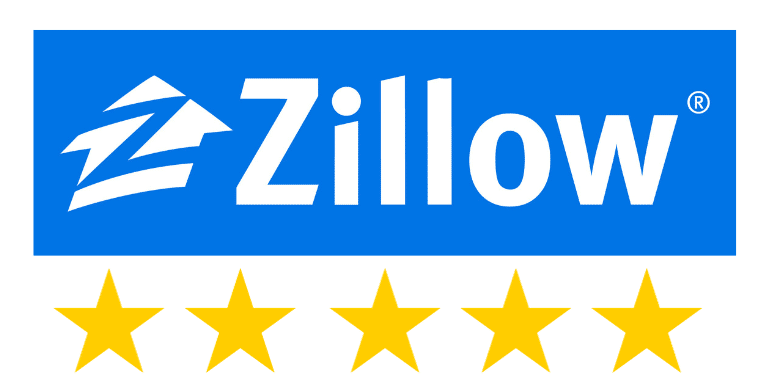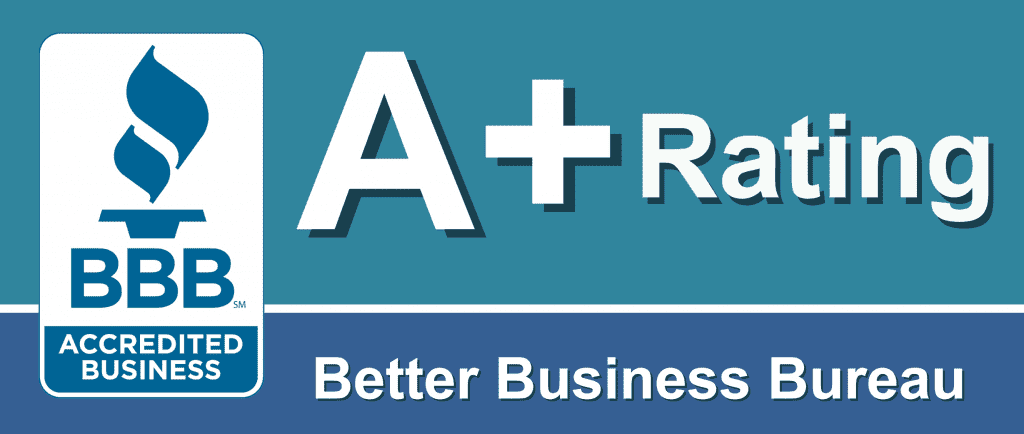
Loan-To-Value Ratio – Why It Matters
Many factors impact your mortgage rate, and one of the most important factors underwriters consider is your loan-to-value ratio. When buying a home or refinancing a mortgage, it’s essential to know what impact your loan-to-value (LTV) ratio will have and how it will be used by underwriting.
Below I break down the information you need to know about LTV, the difference between LTV and CLTV, how to calculate your LTV, and what a good LTV is for getting a lower rate.
What is loan-to-value ratio?
A loan-to-value ratio compares your loan amount to the value of the house you are buying (or refinancing). For example, if you are purchasing a home that appraises at $500,000 and your down payment is $100,000, your LTV is 80%.
Homebuyers, did you know that if your appraised value is lower than your purchase price, the underwriter will use the appraised value when calculating your LTV? If the appraised value is higher than the purchase price, the underwriter will use the purchase price to calculate your LTV.
Why Is LTV Matters?
Here’s the main reason why LTV is important; it’s one of several key tools an underwriter uses to asses risk; your LTV can directly impact your mortgage rate and approval. Like your credit score, the lower your LTV, the lower your mortgage rate (generally speaking).
Also, underwriters use LTV to determine if you’ll need Private Mortgage Insurance (PMI) or FHA Mortgage Insurance (MI)1.
LTV vs. CLTV
If you have a fixed-rate second mortgage or a HELOC, then the CLTV enters the evaluation process. CLTV stands for Combined Loan To Value and compares all mortgages attached to the property you own to the property’s value. So if you are buying a home with a second mortgage, then the underwriter will use your LTV and CLTV to evaluate risk.
Like your loan-to-value ratio, CLTV does impact your mortgage rate as well.
Do You have a question or need a quote?
Contact KevinLow rates, fast closings, and exceptional service.
How to calculate loan-to-value ratio
Calculating your loan-to-value ratio is pretty simple. Here is the basic LTV calculation your underwriter will use2.
LTV = your loan amount / your home value
So if your loan amount is $500,000 and the value of your home is $600,000, this is how you calculate your LTV;
$500,000 / $600,000 = 0.833
0.833 means your LTV is 83.3%, which the underwriter will use to determine risk and mortgage rate.
How To Calculate CLTV Ratio
If you have a second mortgage with a loan amount of $50,000, then the CLTV calculation will look like this;
$500,000 + $50,000 / $600,000 = 0.925
0.925 means your CLTV is 92.5%. This is the number the underwriter will use to determine risk and your mortgage rate.
What is a good loan-to-value ratio?
A good loan-to-value ratio depends on which loan program you are considering. Below is a breakdown of the most popular loan programs and what a good LTV is for each program.
Conforming Loan-To-Value Ratio
The most popular loan program is the Conforming loan program. A good Conforming loan-to-value ratio is a 75% or lower LTV. The best possible is a 60% or lower LTV.
Here are the various LTV levels for Conforming loans;
- 60.00% or lower LTV
- 60.01% to 70.00% LTV
- 70.01% to 75.00% LTV
- 75.01% to 80.00% LTV
- 80.01% to 85.00% LTV
- 85.01% to 90.00% LTV
- 90.01% to 95.00% LTV
- 95.01% to 97.00% LTV
If you are buying or refinancing a Condominium, you’ll want to do your best to stay at or below a 75.00% LTV. At 75.01% or higher LTV, your mortgage terms will get worse compared to a loan for a Single Family Residence.
This is because Condominiums at a 75.01% or higher LTV have a higher risk of default, so under the Conforming loan program, lenders charge more when a Condo has a higher loan-to-value ratio.
Loan-To-Value and Debt-To-Income Ratio
If you have a high debt-to-income (DTI) ratio and you are applying for a Conforming loan program, you might want to consider increasing your down payment. With Conforming loans, you might have difficulty obtaining an underwriter’s approval if you have a high DTI and a high LTV.
FHA Loan-To-Value Ratio
The second most popular home loan program is FHA. The FHA loan-to-value ratio is used to assess risk, but unlike the Conforming loan program, the FHA home loan program does not offer a better rate if your LTV is lower. In fact, you’ll get the same mortgage rate if your LTV is 60% or if it’s 95%.
And if the property is a Condominium, the mortgage rate also remains the same even at higher LTV ratios. No matter what your LTV is, with an FHA home loan, you’ll always have the FHA Mortgage Insurance attached to your monthly payment.
VA Loan-To-Value Ratio
Like FHA home loans, the VA home loan program does not specifically have a VA loan-to-value ratio requirement. In fact, with a VA home loan, you can buy a home at a 100% LTV, and it’s the only prominent residential mortgage program that allows this.
Jumbo Loan-To-Value Ratio
Like a Conforming home loan, a good Jumbo loan-to-value ratio is 75% or below. With the Jumbo home loan program, your maximum LTV ratio will generally be 90% or lower.
Now and then, a lender may offer a special Jumbo home loan program with a higher LTV allowance, but that is rare. Also, with the Jumbo home loan program, the higher your LTV, the higher your interest.
Bank Statement Mortgage Loan-To-Value Ratio
The Bank Statement Mortgage loan-to-value ratio will have your most restrictive LTV levels. With most Bank Statement Mortgage loan programs, your maximum LTV will be 90%, but getting approval at that level is challenging. Even if you have a very high credit rating and significant assets, most lenders will want a lower LTV.
Your Bank Statement Mortgage loan-to-value ratio should be below 85%3, and a good LTV for the Bank Statement Mortgage loan program is 70% LTV or lower.
Do You have a question or need a quote?
Contact KevinLow rates, fast closings, and exceptional service.
Bottom line: a lower LTV might get you a lower rate
Knowing how your LTV impacts your rate and the underwriter’s evaluation process is key to getting a lower rate. The more money you put down, or if you are refinancing, the more equity you have, the lower your interest rate (except for FHA and VA home loans).
To lower your loan-to-value ratio, do your best to set up a savings plan for your downpayment. Having a specific plan in place will make it easier to achieve your homeownership goals.
Sources:
- What is a loan-to-value ratio and how does it relate to my costs? – Consumer Financial Protection Bureau
- How to calculate home equity and loan-to-value (LTV) – Bank of America
- Bank Statement Loan – North American Savings Bank
















